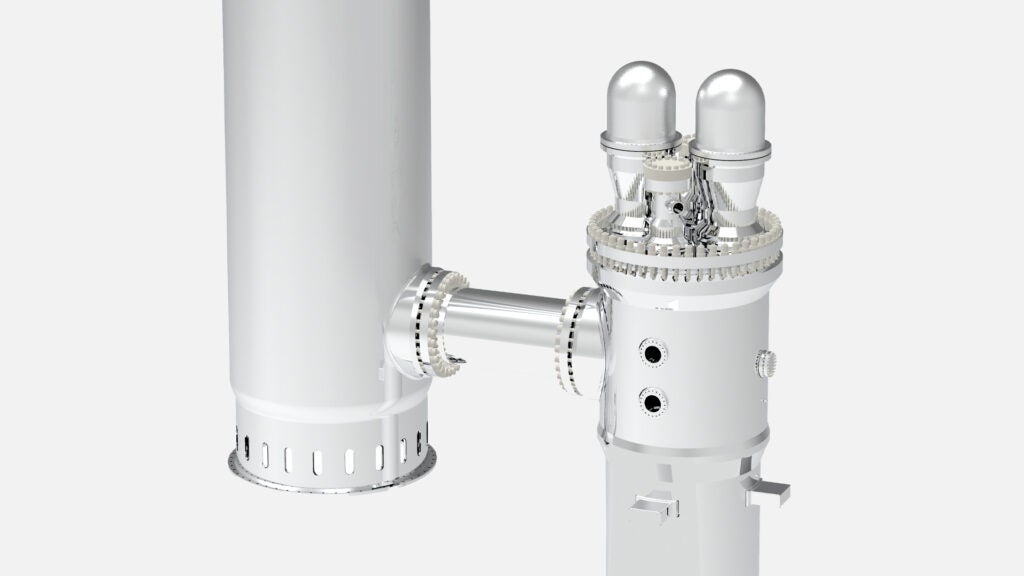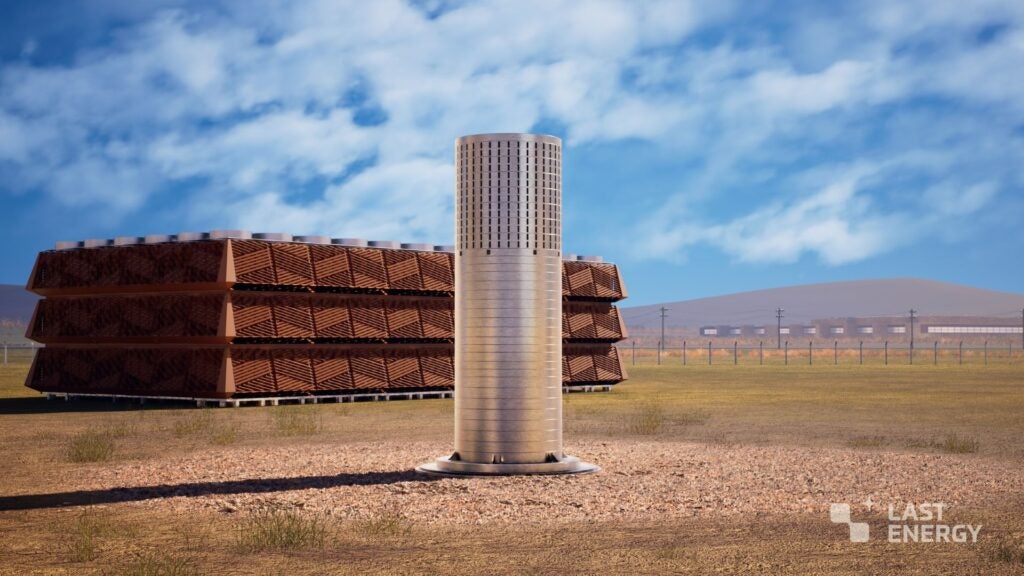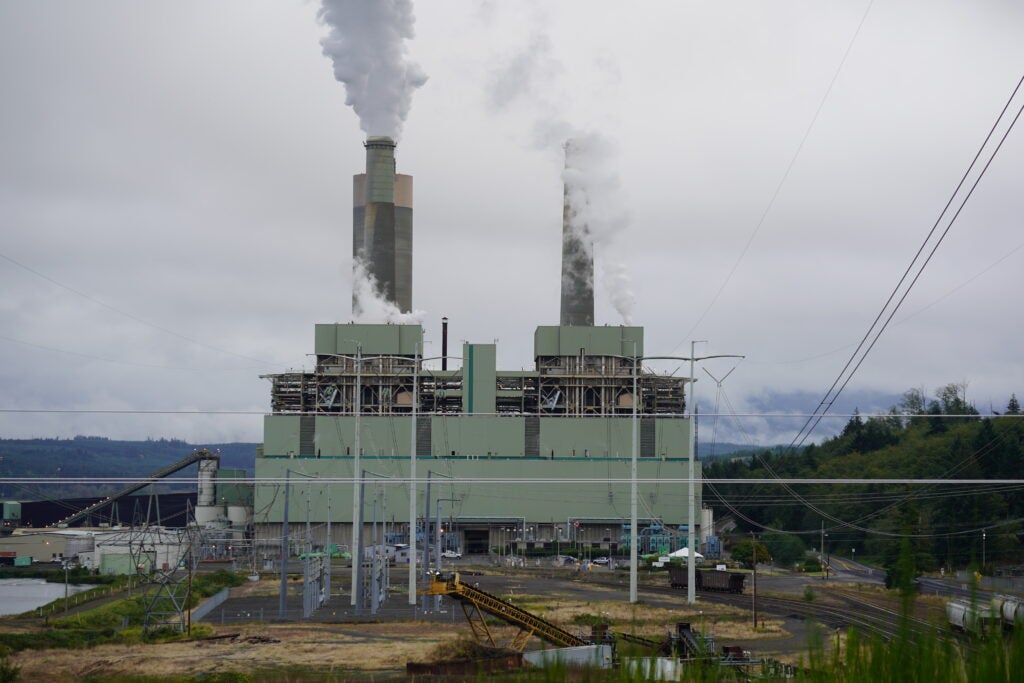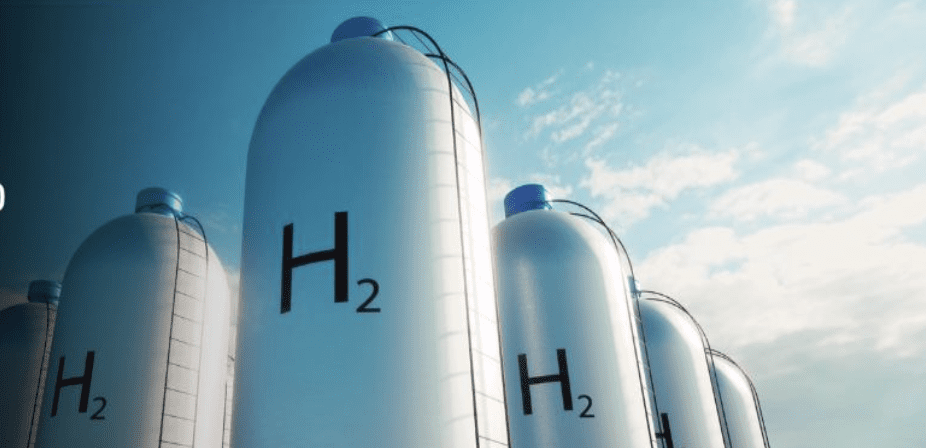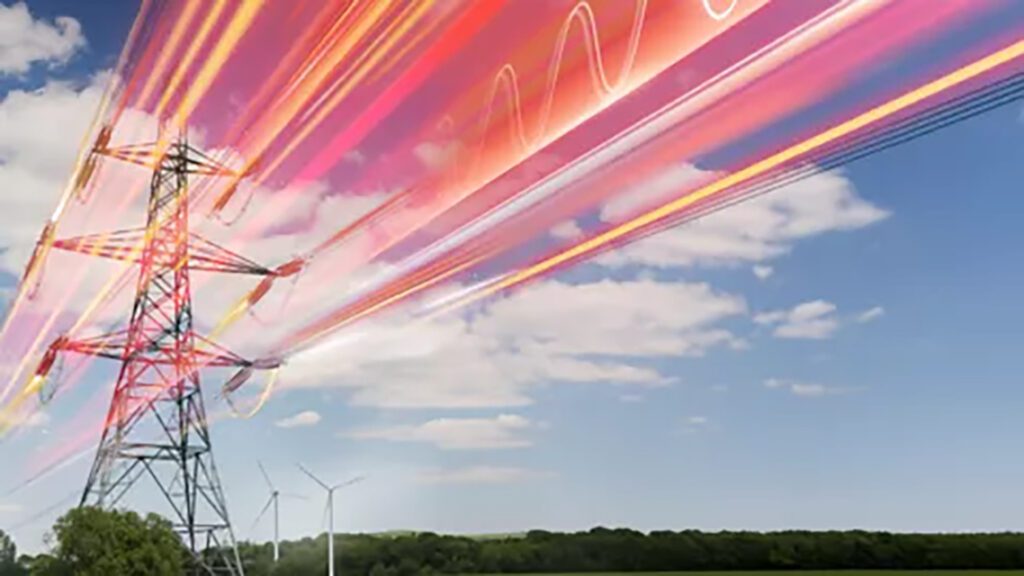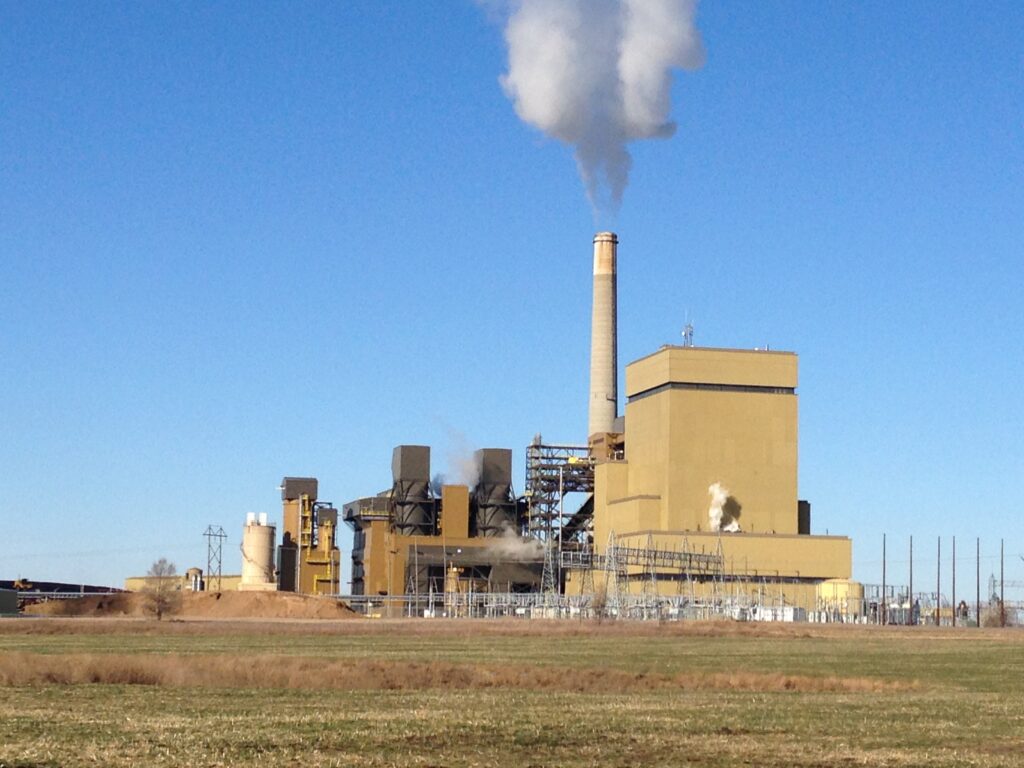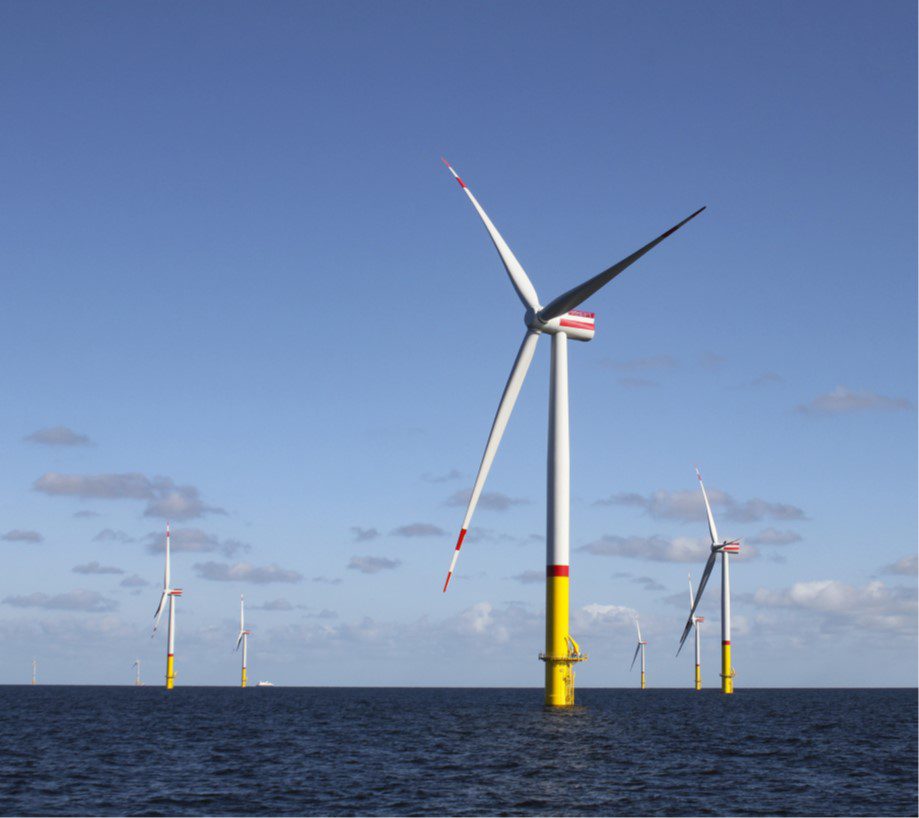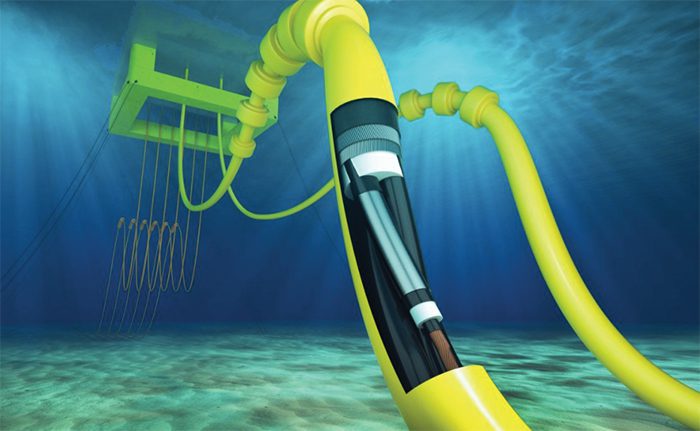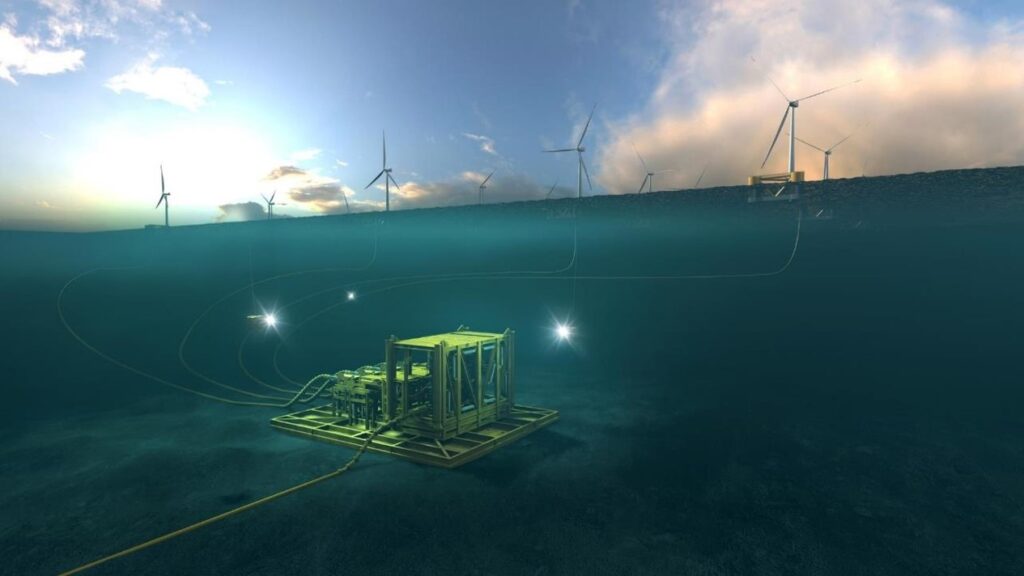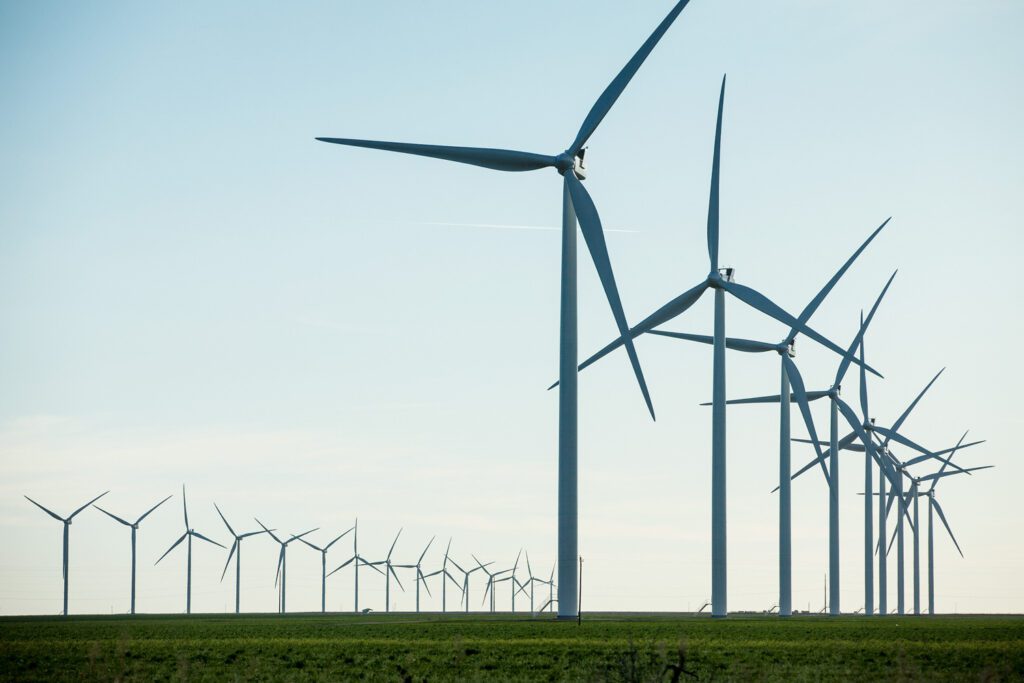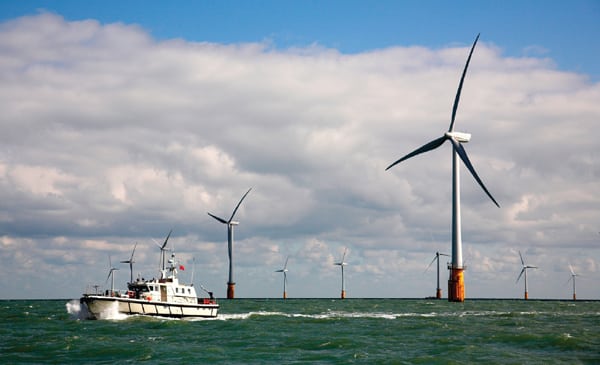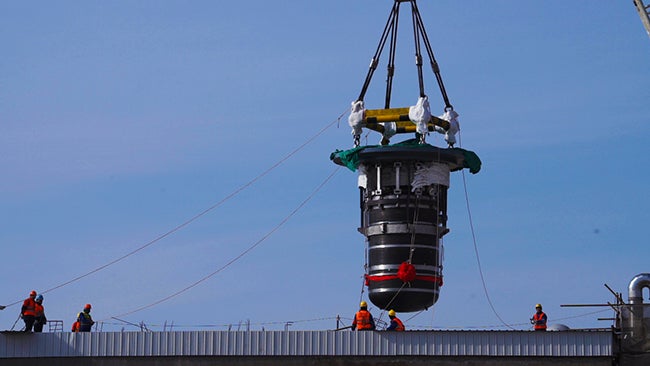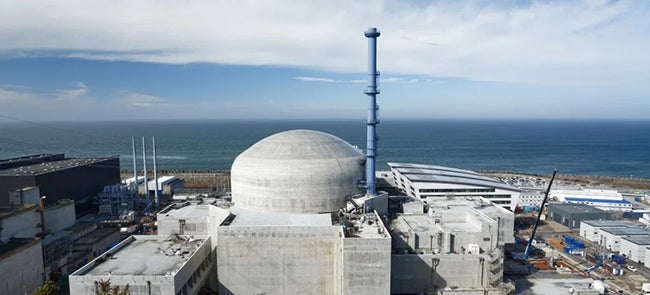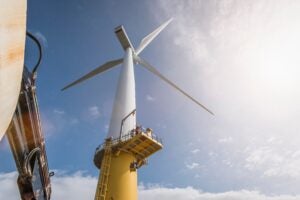
As offshore wind energy development accelerates in much of the world, its infrastructure must be designed to endure. Unlike offshore oil and gas platforms, which are often manned and accessible for regular inspection, offshore wind farms remain remote, unmanned and exposed to some of the world’s harshest marine conditions.
This reality prompts a critical question: How can we protect wind assets for 35 years or more with minimal maintenance? With wind turbines expected to outnumber oil platforms ten to one, the industry needs next-generation protective coating standards that reflect a fundamentally different operational landscape.
Standards Born in Oil and Gas
Protective coating standards like NORSOK M-501 and ISO 12944-9 were originally developed for the oil and gas sector, where platforms are manned and relatively accessible. These protocols generally validate coating performance for up to 25 years, which is insufficient for offshore wind developers now targeting 35 to 40 years of service life.
Offshore wind environments introduce far more restrictive maintenance realities. Access to unmanned and isolated turbines remains dependent on calm sea states and strict wave height limits (often under one meter). According to an offshore industry working group, maintenance requires specialized vessels, advanced safety training and dive teams, with operations costing up to $350,000 per day. Any scheduling error or weather disruption can result in costly delays.
Unlike oil and gas platforms, where helicopters deliver maintenance crews and daily inspections are routine, offshore wind turbines present limited, high-stakes windows for intervention. This fundamentally alters the calculus for protective coatings, demanding systems that not only resist corrosion but also extend maintenance intervals and reduce touch-ups under difficult, weather-dependent conditions. These environmental and logistical differences demand a shift in how we define coating performance validation.
Validation for a New Generation of Assets
To address this gap, developers and coating suppliers work to establish updated evaluation protocols that reflect real-world challenges. These new frameworks incorporate a broader spectrum of performance data, advanced lab testing, real-world application history and sustainability metrics, to more accurately predict long-term durability.
Meeting the durability goals of offshore wind requires collective alignment among developers, coating experts, and standards bodies. A recent PPG white paper highlights the need for more robust coating standards in the offshore wind industry. It highlights Electrochemical Impedance Spectroscopy (EIS) testing conducted by independent lab C-Cube. Results showed that PPG SIGMASHIELD 1200 coating, applied in two 500-micron layers, exhibited minimal degradation after 585 days of simulated tidal exposure, supporting a projected lifespan of 50 years. Validated to ISO 12944-9 exposure categories, these findings demonstrate how modern testing can push beyond the conventional 25-year benchmark.
Proven in the Field
Sweden’s Utgrunden offshore wind project offers compelling field evidence. Developed in 2000 and operated by Vattenfall, the seven-turbine farm in the Baltic Sea faces the challenges of heavy winter ice and low salinity, which increase the risks of abrasion and osmosis-related damage. PPG supplied a multi-product protective coating system applied during modular construction. After 16+ years in operation, inspections found the towers in excellent condition, with no coating failure, minimal fouling and only minor cosmetic chalking. This project proves how the right coatings can deliver long-term protection in even the harshest marine environments.
Advancing Through Industry Collaboration
As the needs of offshore wind evolve, so will coating validation frameworks. Developers should look for coating partners who:
- Use modern validation methods that extend beyond legacy standards to support 35+ year operational lifespans.
- Prioritize full lifecycle sustainability, from application safety to end-of-life impact.
The path to long-term, low-maintenance wind assets begins with coatings proven by data and experience. As the offshore wind sector grows, so must our standards. The future depends on systems built to withstand both today’s conditions and tomorrow’s expectations.
—Jure Romanos is the PPG Global Key Account Manager Renewables, Protective and Marine Coatings. Click here for more information about PPG wind power coatings.



